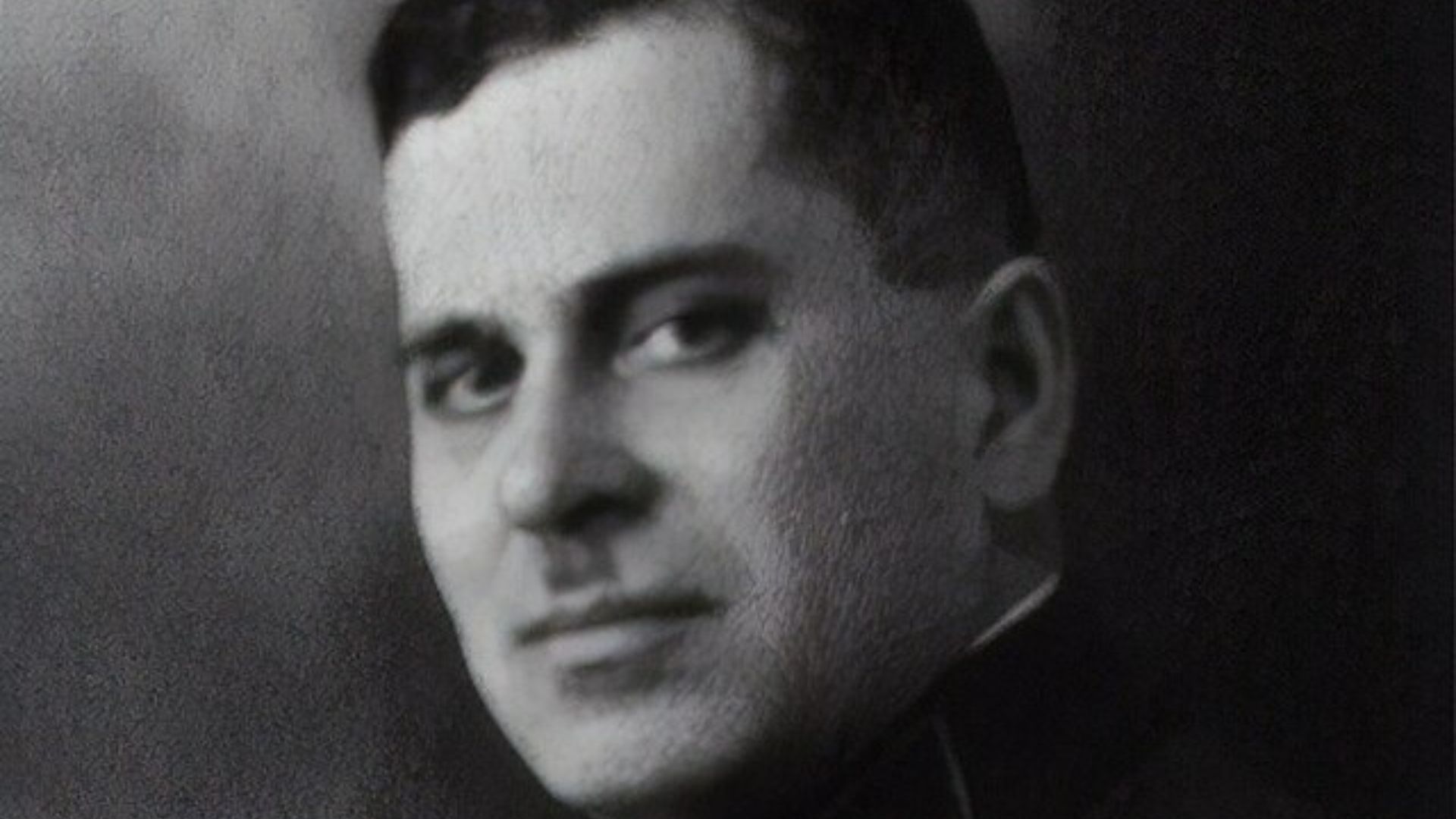
Gregory M. Stern(bold, Kyiv Province, Russian Empire (now - Cherkasy region, Ukraine) – 28 October 1941) – the famous Soviet military leader, a member of the clashes near Lake Khasan, on Khalkhin Gol and the Spanish Civil War Hero of the Soviet Union.
Biography Gregory M. Stern
Gregory Stern was born in the family in the family and was a doctor. Jew. Education: secondary education Since1919, a member of the Stern of the CPSU (b). Already in 1919 – at a different political work in the army. He was, in the 1920s, the military commissar, commissar of the regiment, the commissioner of the Cavalry Brigade, and the commander of the troops of Khorezm.
In 1929 – 1936 год Stern was at the disposal of a People’s Commissar for Military and Naval Affairs (since 1934 – People’s Commissar of Defense). In the summer of 1936, he became the commander of the 7th Cavalry Division, which wrote: “7th Samara and its heroes.”
In 1937 – 1938 год, during the civil war in Spain, Stern was the principal military adviser to Spain (replaced Berzin). In 1938 – 1941, год ah - Commander of the Far Eastern Front, was one of the prominent participants in the Khasan collisions. In August 1939, he led a front-line group (Mongolian troops, the 1st and 2nd Far Eastern Army) in Khalkhin Gol.
During the Soviet-Finnish War of 1939-1940, in command of the 8th Army.
In January-June 1941, Colonel-General M. Stern - Chief of the Defence of the People’s Commissariat of Defense.
Gregory Stern was awarded two Orders of Lenin, three Orders of the Red Banner, and the Order of the Red Star. Colonel-General (1940). Hero of the Soviet Union(1939).
On June 7, 1941, GM Stern was arrested by the NKVD. In custody was tortured and ill-treatment. During the war, together with a group of prisoners, he was taken toKuibyshev. He was shot on 28 October 1941 without trial by order of Beria.
Rehabilitated posthumously August 25, 1954 a. August 27, 1954, and the decision of the Prosecutor General of the theUSSRcase against GM Stern was dropped for lack of evidence.
The Case Of Stern
October 17, 1941, he was composed of the NKVD's conclusion about the necessity of execution on the orders of Mr. Stern’s “legislative bodies of the USSR.” This conclusion was signed early. Investigative Unit for Special Cases of the NKVD L. E. Vlodzimirsky agreed with the Prosecutor of the USSR V. M. Drum and approved by the deputy head of the NKVD B. Z. Kobulov. Oct. 18, 1941, on the advice of L. Vlodzimirsky, director of the NKVD L. Beria, signed an order for the execution of H. Stern. On October 28, 1941, Mr. Stern was shot.
Subsequently, BZ Kobulov and L. Vlodzimirsky and former prosecutors of the USSR VM DRAUGHT conclusions were drawn in which Stern and others shot on 28 October 1941 falsely accused of various crimes.
Rehabilitated August 25, 1954 a. August 27, 1954 decision of the Prosecutor General of the USSR and the case against Mr. Stern was dismissed for lack of evidence.
Memory
Near Samara, on the place of execution, is a memorial sign on which is written - “In place for the burial of the victims of repression, 30-40′s. Bow to the innocent victims . “. His name is also Lane in Bold.